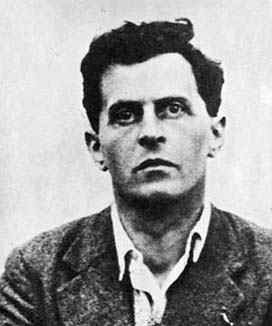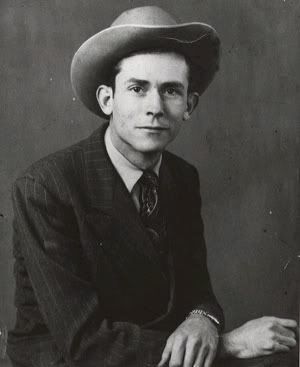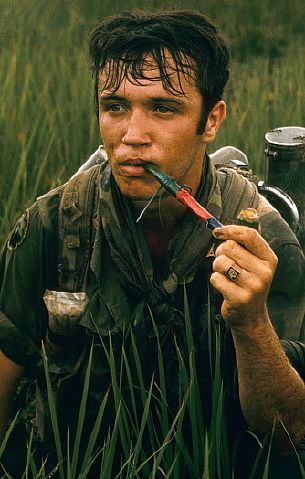"How to help the poor have more money? Well, you could give it to them
by Laura Freschi
In 2007, people in the Western Province of Zambia lost their homes, their livestock and their crops when heavier-than-normal flash floods swept through their area. USAID’s office of disaster assistance stepped in with $280,000 worth of with seeds and fertilizer, training for farmers, and emergency relief supplies.
Two NGOs working in Zambia, Oxfam GB and Concern Worldwide, tried a different approach: they handed out envelopes stuffed with cash—from $25 to $50 per month per affected family, with no strings attached. An evaluation found that common fears about cash transfers—that the cash infusion will cause inflation in the market, that the money will be squandered, or that men will take control of the money—were unrealized.
What did people buy with the money? The list includes maize, beans, salt, cooking oil, meat, vegetables, clothes and blankets, paraffin, transport, soap and body lotion, and lots of other mundane household items. They also loaned it to friends, used it to pay back debts, purchased health care, education and transport, and rebuilt their homes. Only a very small fraction of the money (less than .5%) was spent on “unproductive” items, like liquor for the men.
Unconditional cash transfer programs can be fast and cost effective. With no technical experts’ salaries to pay, and no trans-Atlantic shipping costs for US-produced food aid, more of the cash can go straight to the recipients (in the case of the Concern Worldwide project 27% was spent on program administration, while 73% was distributed in the cash transfers.)
Cash transfers also acknowledge that poor people are capable of making good economic decisions without the help of outside experts armed with needs assessment checklists. An evaluation of another Oxfam cash transfer program, this one in Vietnam (summary here), found that villagers made sophisticated investment decisions, choosing whether to invest in seeds and fertilizer, family coffins and tombs, cows and buffalo, home improvements, debt repayment, and /or community roads.
As Duflo and Banerjee document in their study on the economic lives of the poor, the rich often assume that poor people have few choices about where to spend their money. And this notion allows aid agencies to assume the paternalistic role of decision-maker for the poor. Yet Duflo and Banerjee note that subsistence accounts for a lot less than 100 percent and the “poor do see themselves as having a significant amount of choice.”
Cash transfers have plenty of potential drawbacks, as these studies also point out. Handing out large amounts of cash comes with its own set of logistical hurdles and could invite theft or corruption. And what if this approach puts women and children at a disadvantage, while men take and spend the cash? There are improvements to be made, in targeting the right population, and equipping people with better tools (like financial training and savings accounts) to help them make the most of the money. Two studies by Innovations for Poverty Action and the Poverty Action Lab at MIT in Morocco and Indonesia (both ongoing) should shed more light on when and how cash transfers can be most effective. (See also studies collected by the UK-based Overseas Development Institute).
When USAID provides blankets, seeds and fertilizer to flood victims, they are doing their best to decide for the victims what their most urgent needs are. With the cash transfers, the people can decide for themselves how to meet their most urgent needs. This gives people who have lost their livelihoods, belongings or loved ones a new feeling of control over their lives, builds money-management skills, and restores to them their power to make economic decisions. If you were in their shoes, which would you prefer?







































No comments:
Post a Comment